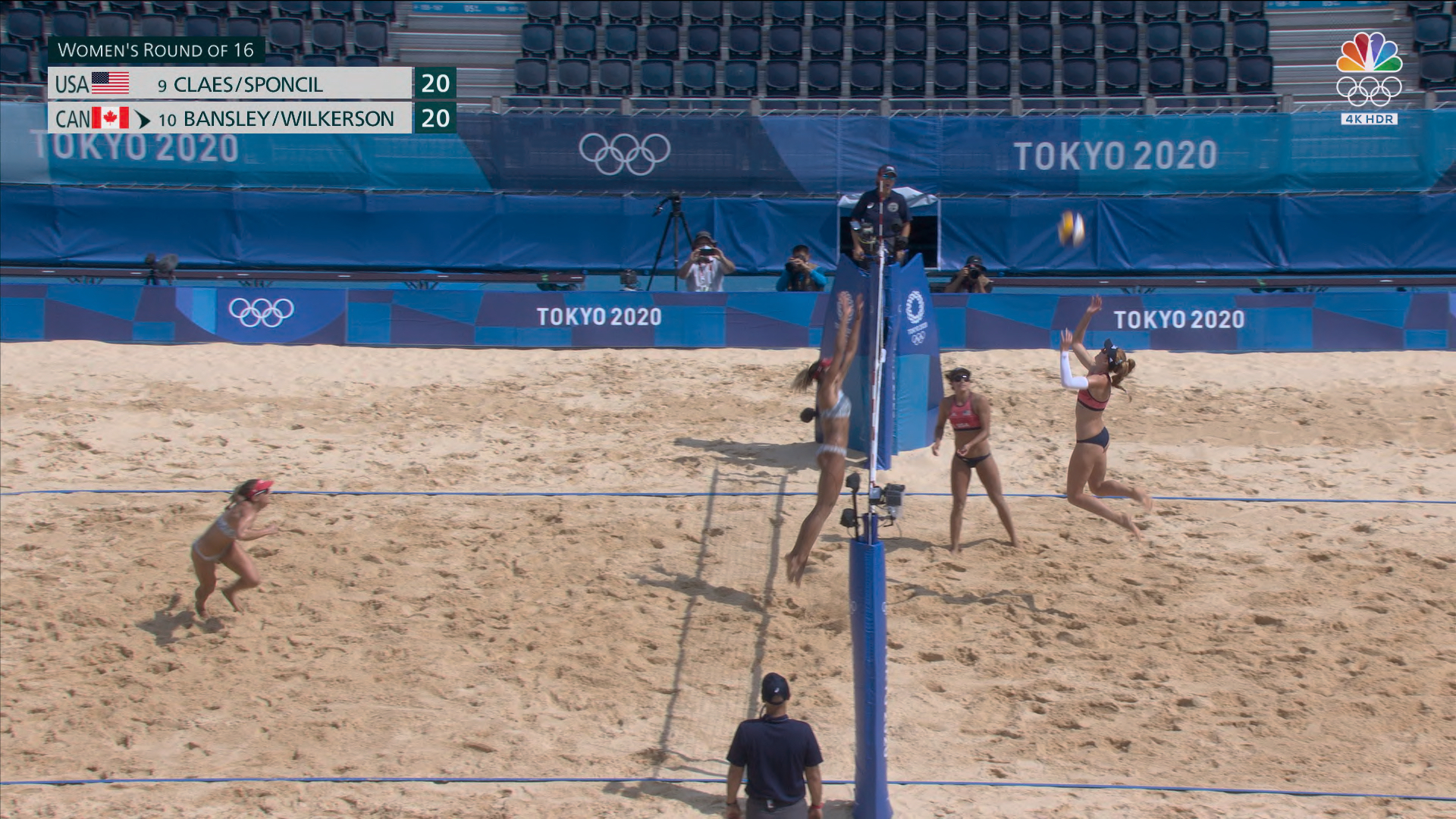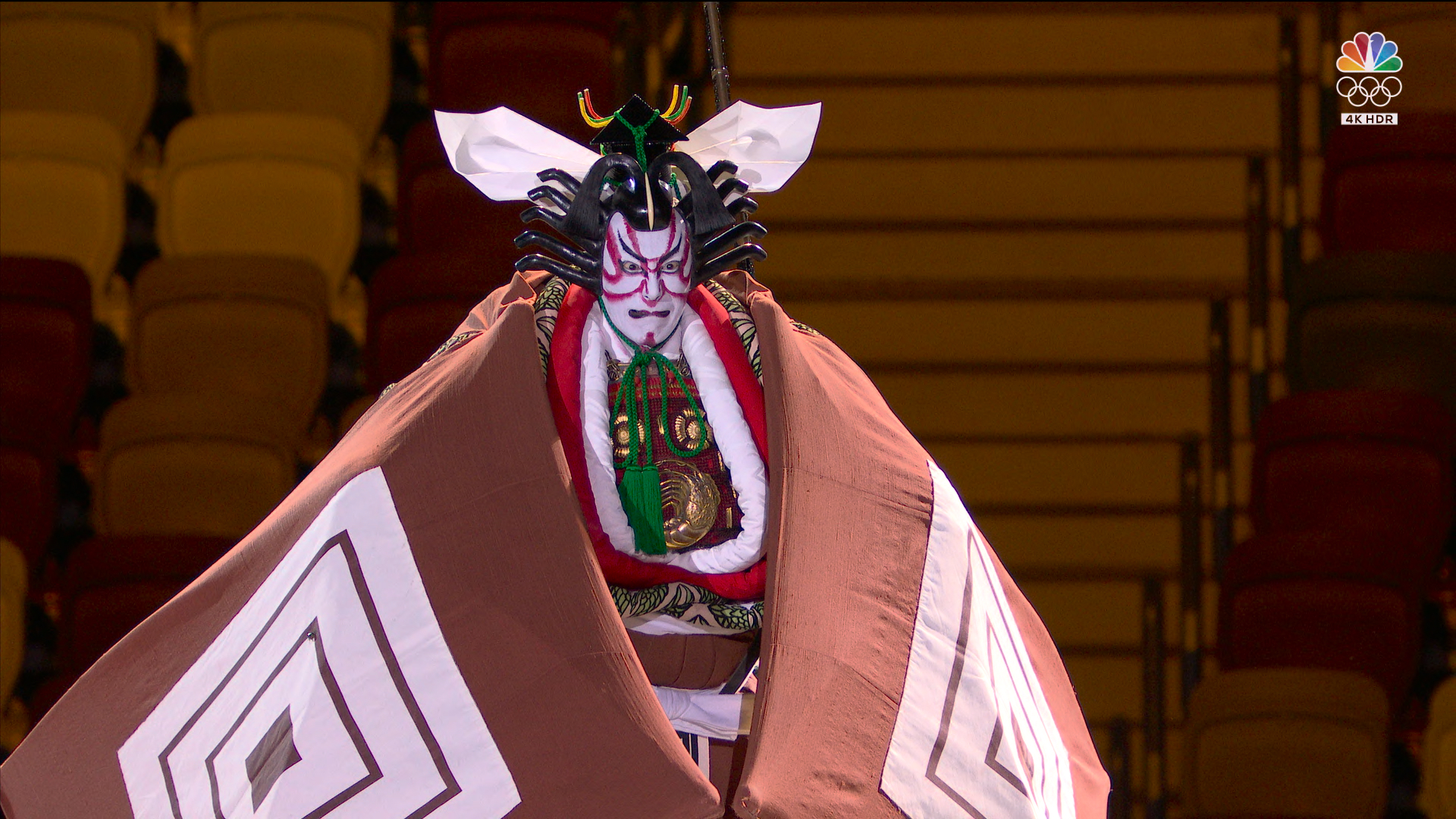At the Olympics, Live TV Production Achieves a New Aesthetic Standard
NBC's Use of 4K, HDR and Dolby Atmos sound bring the ‘wow’ factor to the games

Though few saw it in its full, immersive glory, this year’s Tokyo Summer Olympics was an aesthetic triumph of live television production. Some of the individual components—including 4K, HDR and Dolby Atmos sound—are well known as television technologies. But when combined with a good story and broadcast live around the globe, this technological mix transforms into audio-visual media so compelling it explodes and encapsulates the viewer.
I watched highlights of the games on a 65-inch LG OLED 4K television set with Dolby Atmos sound at NBCUniversal’s broadcast facility in Englewood Cliffs, N.J. this week. This wasn’t professional quality gear, but high-end consumer-level stuff you can purchase at any Best Buy store. When assembled correctly, the results were stunning.
'Breathtaking Pictures'
In the demo, we compared the 4K quality of the Olympic broadcasts with standard HD on side-by-side 65-inch TV sets. The image quality difference wasn’t even close. The Dolby Vision HDR, designed to show a greater range between the brightest and darkest parts of the image, jumped off the screen. Not all displays handle HDR the same way, with many cheaper ones showing little difference in image quality. This LG model delivered powerful images, using millions of self-lit pixels that turned on and off to achieve deep blacks, infinite contrast and brilliantly accurate color. The pictures were breathtaking.
In the swimming competition, the 4K details in the splashes of white water were crisp and shiny in contrast to the darker water in the pool. With exterior shots, clouds in the sky were contrasty and detailed on the 4K set, while mushy and lacking oomph in the HD image. In footage of a golf match, details of the white golf ball jumped out in contrast to the green and the nearby woods in the background showed rich detail lacking in the HD image.

In women’s beach volleyball, skin tones were vibrant and the volleyball itself much easier to follow across the sand. In spectacular 4K footage before the Olympic torch ceremony, actor Ebizo Ichikawa performed kabuki. The vivid details of his elaborate costume were striking, combined with the superb immersive sound from the pianist Hiromi, who performed with him on the opposite side of the stage.
In a single shining moment, Hiromi’s piano demonstrated the extraordinary power of Dolby Atmos sound combined with high resolution video. This memorable production placed the viewer right next to the piano on the stage. It was “wow” television—large, compelling and immersive.

‘Sonic Jolt’
Dolby’s audio technology has been around since 2012 and has matured over the years. It allows the placement of audio objects in the sound space and expands traditional 7.1 surround introducing two overhead channels.
Get the TV Tech Newsletter
The professional video industry's #1 source for news, trends and product and tech information. Sign up below.
Atmos is now common in film and music production, especially in situations where sound placement choices are made in post-production. But in NBCUniversal’s production of the Olympics, the Dolby Atmos audio was produced live and on the fly. That is a very different animal. Events happen real time and there is little time to move sound objects around for best placement. It is “wing and a prayer” stuff in that sound truck.
NBCUniversal’s audio operators—limited by the lack of live crowds in the viewing stands—made Atmos work well anyway. Details like the firing of the starting gun at the swim and running events came out of the rear speakers and gave the viewer a sonic jolt when the races began. The sound of volleyballs popped when hit and the frantic sound of the swimmers gliding through water engulfed the room. Though powerful, the sound work was also subtle and demonstrated what can be done with deft production techniques at live events—sports, music or otherwise.
Most of NBCUniversal’s Olympic coverage is being viewed in either Ultra HD on home sets, on computer screens or cellphones. But once the viewer experiences the 4K-HDR-Dolby Atmos combo on a big display, it is hard to look back. This is live broadcast television like few of us have ever seen before. Yes, it is fine for watching feature films and pre-produced television projects, but what this Olympics proved is it can make compelling live programming.
This year, NBCUniversal broadcast the Olympics in a variety of ways on several channels, as well as in primetime and on its own Olympics Channel and the Golf Channel nationwide. It is now available in the top 52 television markets in 4K.
You need a spreadsheet to figure out what is available where on what service. Comcast Xfinity carries NBC’s coverage of 4K in Dolby Vision with Dolby Atmos sound on its Xfinity X1 platform; and while YouTube TV carries 4K in most markets, it's not always with Dolby Atmos sound. In a few markets, fuboTV, Altice, and Verizon Fios carry the high resolution signals. But there is no national consistency of where and how to get the entire package of best picture and sound.
Challenges Remain
Clarence Hau, NBCUniversal’s senior vice president of Standards, Policy and Advanced Engineering, said the network’s advanced production techniques at the Olympics was “experimental” this year. But, he deemed it a roaring success.
It is clear the challenge ahead for NBCUniversal is to find a way to simplify distribution of its 4K-HDR-Dolby Atmos programming to the top U.S. markets. Right now, high-end distribution is too piecemeal to achieve a truly mass audience and viewers are most certainly confused about exactly what they are watching.
Another issue is consumer television equipment. Though HDR can look stunning, there is no universal standard for what the term means or which TV set models do it right. Some lower-cost TV displays may advertise HDR, but don’t deliver it.
To add to the confusion, HDR should be coupled with other technologies, like local dimming or wide color gamut. In a world of competitive marketing and lots of PR jargon, it can be a confusing task to be sure you can get the level of programming NBC provided at the Olympics.
Through the years we’ve seen some impressive demos of high resolution video and immersive sound technology. But rarely has it been in live, real-time production on a global scale. NBCUniversal has proved it can be done and done well. Now it is up to the creators to not only use the technology compellingly in a new generation of programming, but the networks as well to simplify distribution to standardized displays that deliver the programming consistently to non-sophisticated viewers.
Frank Beacham is an independent writer based in New York.

